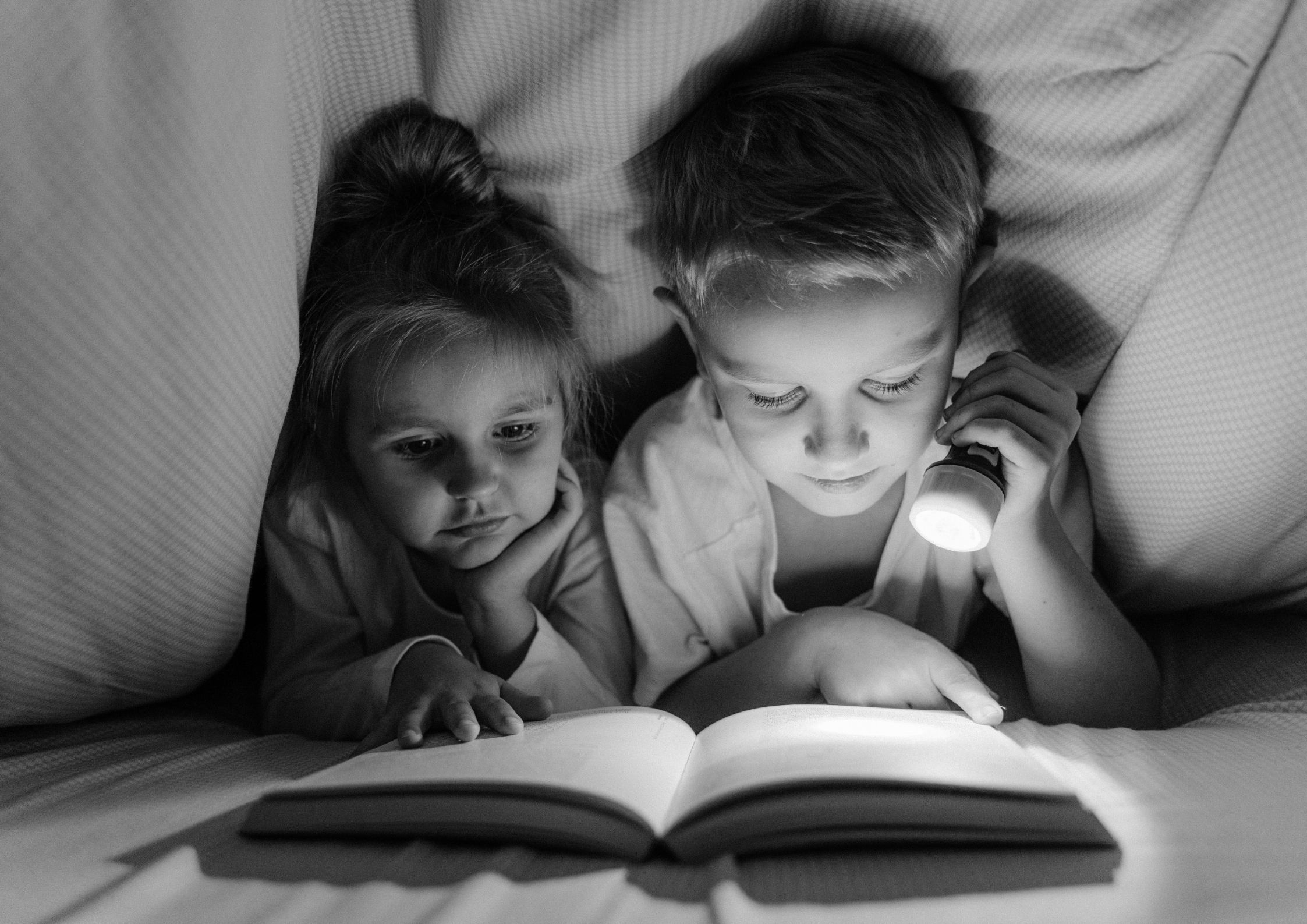
By Dr Nicola Smith, Lecturer in Primary and Early Years Education and Laura Martin, Alumni Relations Manager
School of Education, University of Birmingham
We know that reading for pleasure is important for children’s wellbeing and attainment (e.g. see https://ourfp.org/) This National Storytelling Week, , we want to take the opportunity to inspire young readers with some recommendations for all the family to enjoy.
Reading for comfort
January is over but with cold weather set to make a return in February, we may all want to snuggle up with a book indoors. Research shows that children are enticed to read by comfortable spaces, so now is the ideal time for them to make a book den, or snuggle up on the sofa with a blanket and a cosy read. Good books for ‘cosy reading’ include The Three Little Pigs and the Big Bad Book by Lucy Rowland and Ben Mantle, a picture book for younger children; or Stuart Little by E.B. White, a classic for older children.
Reading for empathy
Some parents may be concerned that their children are spending a lot of time in front of screens because of a combination of habits gained during the pandemic, shorter days and bad weather. In 2020 and 2021, children spent less time with their peers in school and this has led to some concerns about building social skills, particularly for younger children. Reading books has been shown to support children to develop the important social skill of empathy, and the latest Empathy Lab booklist was released in January with lots of books to share with children, from primary age up to 16-year-olds.
Reading for knowledge
You may be able to support home learning and entice your children away from their screens with a good non-fiction book! Reading is important to support all subjects in the National Curriculum. If you have a budding historian or astronaut in the house, how about reading Hidden Figures, the story of black women and the space race, by Margot Lee Shetterly and Laura Freeman? Scientists and nature lovers might enjoy The Bee Book by Charlotte Milner and geologists will love The Street Beneath My Feet by Charlotte Guillian.
Finally, anyone with young children who feels that they are missing ‘me time’ might identify with the bear in, “I’m Sticking With You” by Smriti Halls and Steve Small!
We also asked some of our teaching alumni for their family reading recommendations.
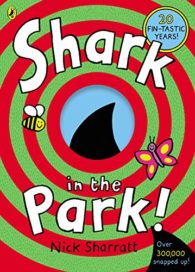
Leanne Camilleri (PGCE Primary Education, Early Year, 2020)
I would recommend Shark in the Park!’ by Nick Sharratt because it is so much fun. The repeated refrains allow the children to get involved and excited about the story. It also teaches directional language and rhyming words for early phonics. However, one of the best things about this book is how much fun you can have together after you have finished reading. We made telescopes and went to see if we could find a shark in the park, this made the book come to life. finished reading. We made telescopes and went to see if we could find a shark in the park, this made the book come to life.
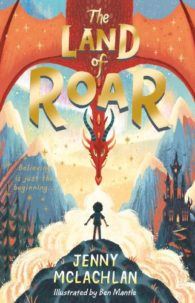
Danielle Deakin, (PGCE Primary Education, 2020)
‘The Land of Roar’ by Jenny McLachlan is like a magical collaboration between The Chronicles of Narnia and Peter Pan. I love that the characters in Roar have been created by the two main characters themselves, it brings to life your own imagination, wondering what would be there if you had created it yourself. With beautiful illustrations, it grabs your attention straight away and keeps you intrigued throughout. There are many opportunities to explore cross-curriculum teaching with this book.
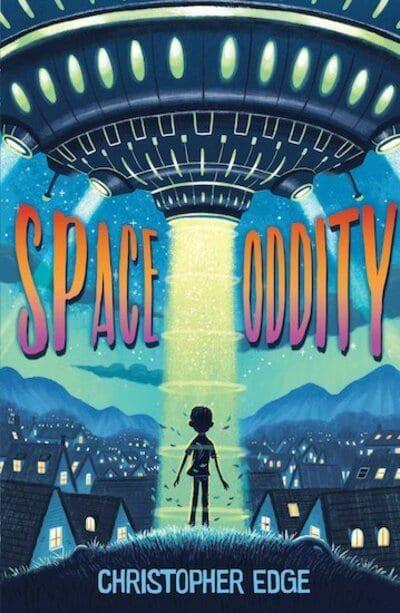
Hannah Keogh, (PGDipEd, 2019)
‘Space Oddity’ by Christopher Edge is a story for anyone who has sometimes felt like something about them wasn’t normal and wondered if they’d ever be able to embrace that part of them. It’s heart-warming, uplifting and hilarious- everything I would expect from Edge, who’s a personal favourite of mine.
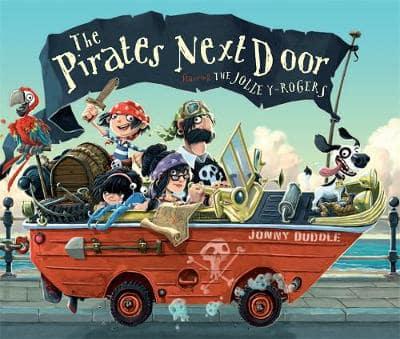
Sarah Collett, (PGCE Primary, 2020)
One of my favourite children’s books is ‘The Pirates Next Door’ by Jonny Duddle. This story has brilliantly detailed illustrations and uses fantastic rhythm and rhyme to tell the story of what happens when pirates move into town and what the local people think of their new neighbours and their pirate ways! This is a great story on many levels, from friendship and treasure hunting to exploring prejudices and different ways of life. This book is suitable for children between 5-11 and I would recommend it especially for children who love spotting small and fun details in illustrations.
We’d love to hear your recommendations. Please leave in the comments below.
- More about Dr Nicola Smith
- Find out more about our Alumni Community
- Back to Social Sciences Birmingham
